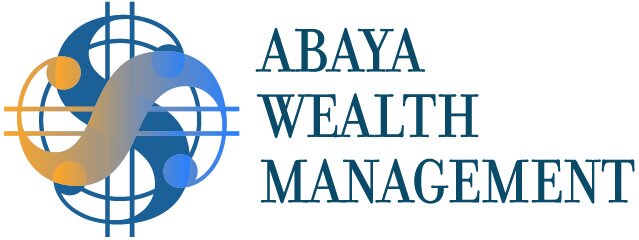Your Retirement Healthcare Budget—How Much Should You Really Plan to Spend?
For the past six weeks, we’ve been diving deep into one of the most important (and often overlooked) parts of retirement planning: healthcare. If you’re like most people, you know healthcare is a big deal—but just how big can still come as a surprise. It’s not just the size of the expense that catches many retirees off guard, but also how unpredictable those costs can be from year to year.
For women especially, longer life expectancy means not only more years to enjoy, but also more years of potential healthcare expenses to plan for. It’s easy to underestimate what you might need. The good news? With the right information and a little proactive planning, you can transform that uncertainty into a clear, confident strategy for your future. Let’s talk about how to turn the unknowns of healthcare into an actionable, realistic plan for your retirement.
Why Are Healthcare Costs Rising?
Longevity: Women tend to live longer, which means more years paying for healthcare.
Inflation: Medical costs typically rise faster than general inflation.
More care, more often: As we age, we often need more frequent—and sometimes more specialized—medical attention.
National Averages: What the Research Shows
Fidelity estimates: The average 65-year-old couple retiring today will need about $315,000 (after taxes) to cover healthcare expenses throughout retirement. For single women, the number is still significant—over $157,000.
What’s included? This figure covers premiums for Medicare Parts B and D, out-of-pocket costs, deductibles, copays, and certain prescriptions—but does not include long-term care, dental, or vision. Let me reiterate that $315,000 doesn’t include long-term care!
How to Estimate YOUR Personal Healthcare Costs
Every retirement is different! Use these steps as a framework:
List your current annual healthcare costs.
Premiums for insurance (including Medicare)
Prescription drugs
Co-pays, deductibles
Out-of-pocket dental/vision/hearing costs
Any specialty treatments or ongoing therapies
Add expected changes in retirement.
Will you have higher or lower expenses? (Think chronic conditions, new medications, or shifting from employer coverage to Medicare.)
Account for inflation.
Healthcare costs tend to rise at about 5–6% per year. Multiply your estimate by this rate to “future-proof” your budget.
Plan for surprise costs.
Set aside an annual “cushion” for unexpected medical expenses, like an ER visit or a new dental crown.
Remember what Medicare DOESN’T cover.
Include a line item for dental, vision, hearing, and potential long-term care needs.
Tools and Resources
Online Calculators:
Try the AARP Health Care Costs Calculator or Fidelity’s Retirement Health Care Cost Estimator.Annual Medicare Open Enrollment:
Review your coverage each year to ensure your plan still fits your needs and budget.Meet with a Retirement Income Certified Professional
A professional can help you identify savings opportunities and introduce ideas that may not be on your radar.
Tips for Building Your Retirement Healthcare Budget
Start early, revisit often. Your healthcare needs and costs will change over time.
Use conservative estimates. It’s better to plan for more than you need than to be caught short.
Consider a separate “healthcare savings bucket” or a dedicated HSA (if you’re eligible).
Talk with your certified financial advisor about integrating healthcare costs into your overall retirement income strategy.
The Bottom Line
Estimating healthcare expenses is not an exact science, but taking a thoughtful, realistic approach can give you clarity and peace of mind. It’s one of the best gifts you can give yourself—and your loved ones—as you look forward to a secure, healthy retirement.
